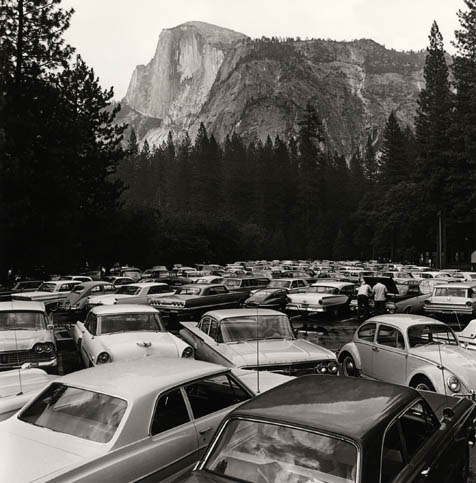Paired
At East/West Gallery. Shows through November 25.

Beauty abounds in East/West Gallery’s current exhibition, Paired. The show’s title refers to the mother/son duo Imogen Cunningham and Rondal Partridge, two iconic American photographers whose work illustrates the similarities and distinctions of inter-generational talent. It is not often that such seminal photography is shown in Santa Barbara, but as the son of the third featured artist, gallery director Henri Bristol has a personal connection; his father, Horace Bristol, was a contemporary of Cunningham’s and fellow member of Group f/64.
Cunningham represents a momentous movement in American photography that helped establish the medium as a legitimate art form, emphasizing simple and direct presentation. This “pure” photographic style is exemplified by Cunningham’s “Magnolia Blossom” (1925). The simplicity of the blossoming flower and the straightforwardness of the close-framed composition are typical of Group f/64’s celebration of the camera’s ability to capture reality as it is. Also included in the show are a number of Cunningham’s classic shots of nude figures-masterful studies in shadow and light.
Partridge’s version of the natural world includes tightly composed images of garden bulbs and plant life. The link between mother and son is most evident in this analogous subject matter, but it is Partridge’s “Pave It and Paint It Green” that truly defines him as a singularly talented artist. This shot of Yosemite’s Half-Dome eclipsed by a parking lot full of cars in the foreground attests to the commodification of the natural world that had been captured in an unspoiled state by Ansel Adams only a few years earlier. This image also foreshadows the next wave of American photographers like Garry Winogrand who strove to capture a social landscape.
The addition of Horace Bristol’s photographs introduces a new context to the show. “PBY Blister Gunner” (1941), for example, brings a journalistic style to its unusual subject: a nude airman apparently on the lookout for enemy fire. More than his exhibition counterparts, Bristol prompts us to consider the circumstances surrounding the subject matter, which ultimately evokes a more emotional response. In this way, Bristol’s work rounds out the exhibition, challenging the viewer to regard objects of beauty as subjects of deeper cultural meaning.



